高價 canon鏡頭收購 請立即與我們聯絡 收購canonRF系列,RF定焦,RF廣角,RF旅遊,收購EF-M系列,收購大三元,小三元,收購L鏡,收購Marco,二手鏡頭,全新鏡頭,鏡頭買賣,鏡頭收購 Read More ...
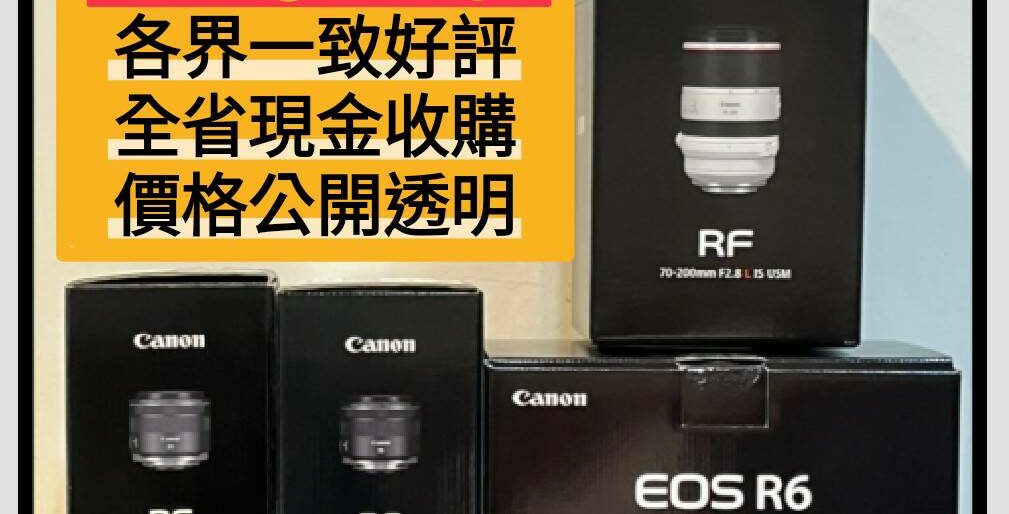
收購相機及鏡頭 您用不到相機鏡頭 不論新舊,都可以換現金 陪您走過每個黃金歲月的年頭,現在因為家庭或工作總總因素,這些可愛的相機及鏡頭寶貝們,除了躺在倉庫,安靜在防潮箱等候主人帶它們出勤之外,應該可以有個兩全其美的辦法"就是讓給有緣人",讓它再度發揮存在地球上的價值吧!
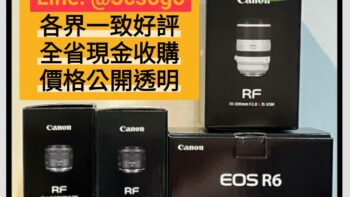
高價 canon鏡頭收購 請立即與我們聯絡 收購canonRF系列,RF定焦,RF廣角,RF旅遊,收購EF-M系列,收購大三元,小三元,收購L鏡,收購Marco,二手鏡頭,全新鏡頭,鏡頭買賣,鏡頭收購 Read More ...
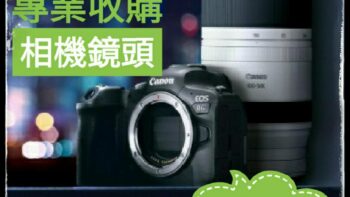
線上估價 我們是專業的3C收購,高價收購您不用的3C產品,價格好不怕您比較!! 我們專業經營各項3C高價回收,清運協助,可開立單據,多通路多管道,非坊間垃圾回收價,價格不怕您比較,歡迎企業戶汰舊換新, Read More ...
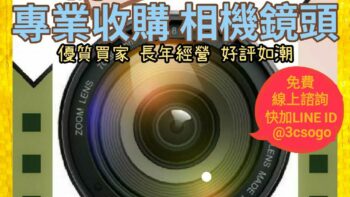
新竹鏡頭收購 canon 鏡頭收購,二手鏡頭收購,全新鏡頭收購,收購nikon鏡頭,收購sony鏡頭,收購leica鏡頭,收購fujifilm鏡頭,收購panasonic鏡頭,收購zeiss鏡頭,收購 Read More ...
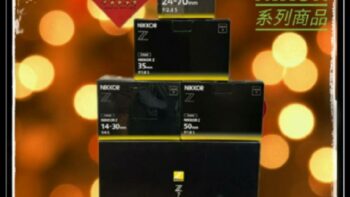
高價 nikon鏡頭收購 請立即與我們聯絡 收購nikone鏡頭,收購nikon z,收購nikon z 40mm,z 50mm,z 35mm,z 20mm,z 24mm,z 28mm,收購af-s Read More ...
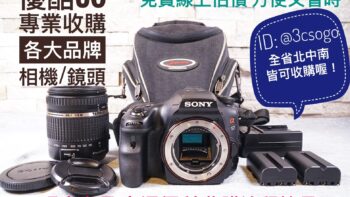
SONY鏡頭收購 全新SONY鏡頭收購 E-Mount鏡頭,FE 24-70MM,VCL-ECU2,FE 24-105MM,E PZ 18-105MM,FE 16-35MM,FE 35MM FE 70 Read More ...
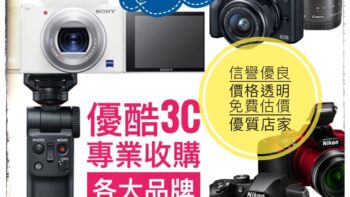
PENTAX 鏡頭收購 標準定焦 (35-50) 廣角定焦 (21-31) 望遠定焦 (118-200) 中望遠定焦 (55-100) 超望遠定焦 (236-560) 廣角變焦 (20-82.5) 超 Read More ...
新竹鏡頭收購
Two years ago at CP+, 新竹鏡頭收購sigma unveiled the DP Quattro, a series of cameras with fixed lenses, APS-C sensors and a truly unique body design. This year, the company is using Japan’s biggest camera show to introduce the SD Quattro, a pair of mirrorless cameras with 新竹鏡頭收購sigma’s own lens mount, unusual sensors, and — yes — another far-out body design.
Both SD Quattro cameras use 新竹鏡頭收購sigma’s Foveon layered sensor technology, which is known for its high resolution, excellent color reproduction, and comparatively poor low light performance. The regular SD Quattro uses an APS-C sensor, but the higher-end SD Quattro H has an APS-H sensor, an uncommon size that sits somewhere between APS-C and full-frame and gives a 1.3x crop factor.
Both cameras also share pretty wild industrial design. The SD isn’t as futuristic as the DP, but there are some very unconventional decisions here. The grip is much shorter than the rest of the body, which balloons downward to accomodate a huge lens mount. The electronic viewfinder is situated toward the right of the camera’s rear, rather than the traditional center or left position. The display seems to be an ultra-wide panel that’s sectioned off at one end, giving the impression of a secondary always-on screen that shows exposure information in monochrome.
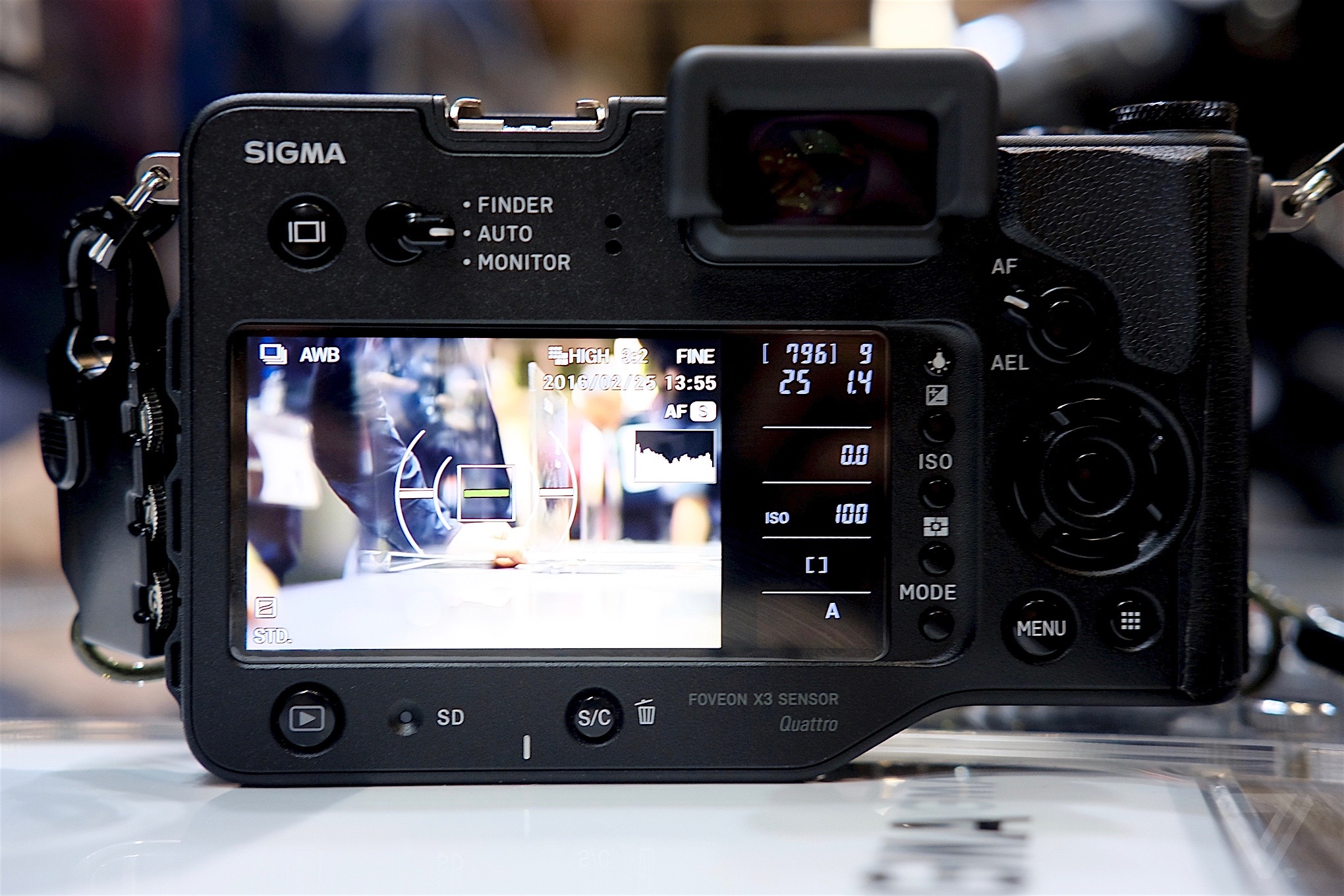
How does it all work out? Well, the SD cameras are at least more ergonomic than the DPs, with a far more comfortable grip. The screen certainly looks cool, too, and is a neat way to display important information without clutter. The viewfinder, though, is not a great idea — although it juts out a fair bit, I found myself slightly turning to the left to get my nose out of the way, and it just felt odd to have the camera across my face like that. Left-eyed shooters might be overjoyed, though.
There’s nothing about the SD Quattros that’ll make them any less niche than 新竹鏡頭收購sigma cameras have been before. Performance seems to be as slow as ever, and you really have to have specific reasons to want the Foveon sensor. Few photographers are going to want to buy into 新竹鏡頭收購sigma’s own lens mount, and it’s unclear exactly how much of the company’s lineup will cover an APS-H sensor.
新竹鏡頭收購sigma knows all of this, of course, and is happy to serve a smaller number of customers; the company’s innovation with its own cameras acts as a halo for products that more people are likely to buy, like its lenses for Canon and Nikon mounts. And really, experimentation in the staid world of camera design should always be welcomed. Pricing and a release date for the SD Quattro are yet to be confirmed.
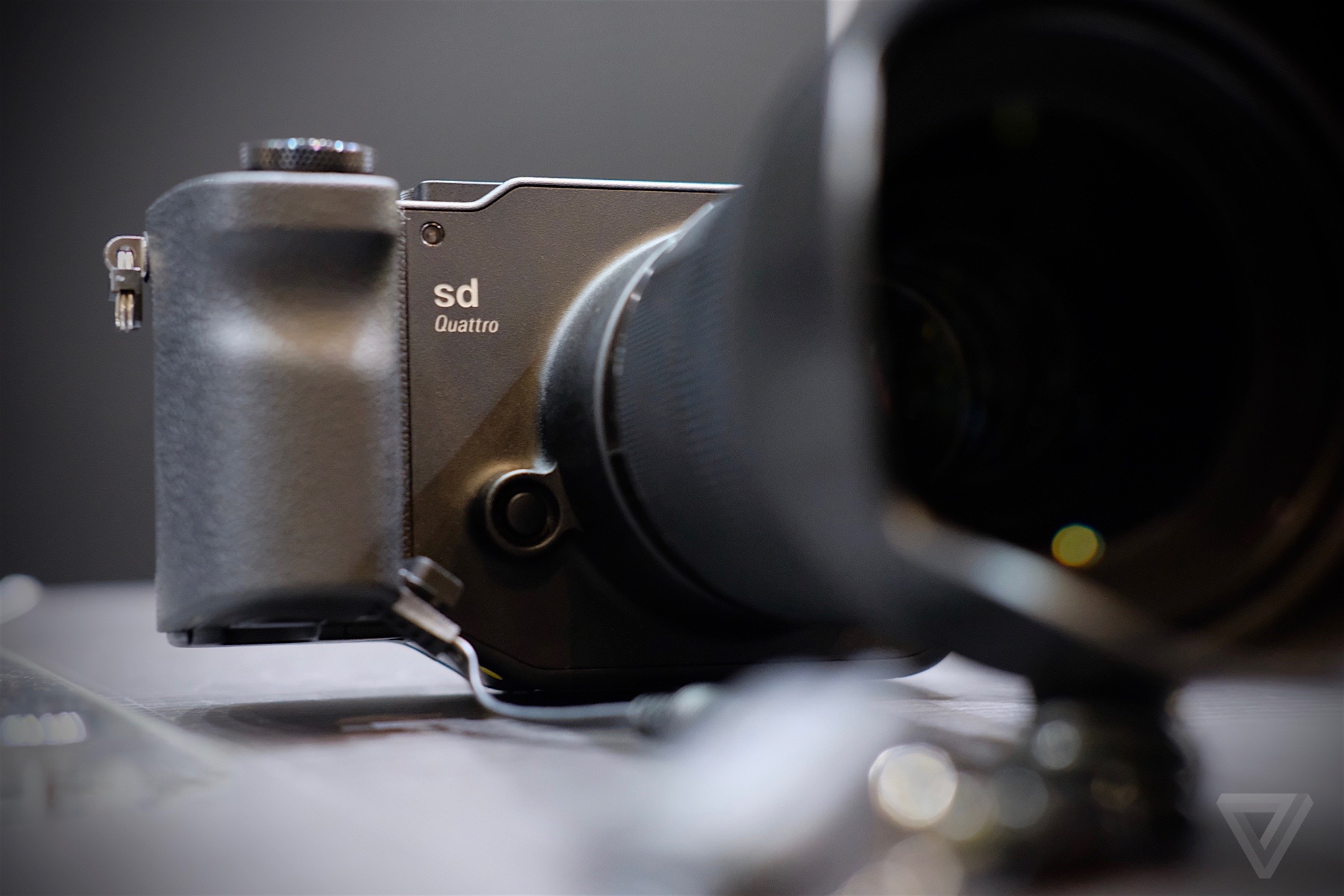
新竹鏡頭收購sigma is also showing off two new lenses at CP+. This is the 50-100mm f/1.8, a zoom for APS-C DSLRs. Constant f/1.8 aperture is unprecedented in a lens of this focal length range, just as it was when 新竹鏡頭收購sigma introduced the 18-35mm f/1.8 a few years back. Although both are pretty bulky, the lenses would make a good pair for shooters who want strong low-light performance and depth of field control without making the jump to full-frame. The 50-100mm will be out in April for $1,099.

新竹鏡頭收購sigma’s second new lens of the show is this 30mm f/1.4 prime for mirrorless cameras. 新竹鏡頭收購sigma has sold a well-regarded DSLR lens with similar specs for a long time, and this version should be a solid, versatile option for Micro Four Thirds and Sony NEX shooters. It ships next month for $339.

1/4
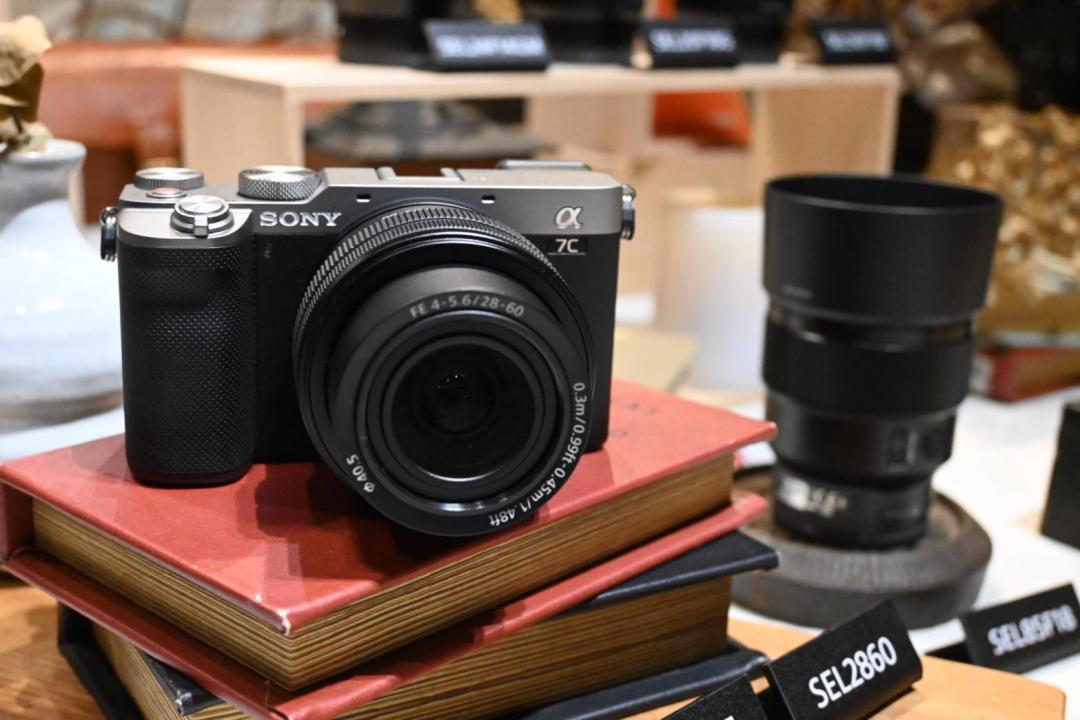 此為 Sony A7c(圖/記者黃肇祥攝)
此為 Sony A7c(圖/記者黃肇祥攝)
Sony 是最早投入無反相機(無反光鏡可換鏡頭相機)的品牌,長年佔該領域市占第一,隨著 Canon、Nikon 陸續加入戰局,近期碰上大麻煩。
根據市調機構 BCN 統計日本銷售數據,於全片幅無反相機 Canon 今年大有斬獲,在 2020 年 9 月的最新市占資料顯示,單月成長超過 5% 一口氣來到 34.7%,Sony 則從六月還有 60% 的領先地位,跌落到只剩下 43.9%。
 棕色為 Sony、紅色是 Canon、黃色為 Nikon、深藍色是 Panasonic,灰色代表 新竹鏡頭收購sigma(圖/翻攝 bcnretail)
棕色為 Sony、紅色是 Canon、黃色為 Nikon、深藍色是 Panasonic,灰色代表 新竹鏡頭收購sigma(圖/翻攝 bcnretail)
至於第三名則為 Nikon,維持在 13.1%,需要注意的是,數據尚未計算到新推出的 Z6 II、Z7 II,外媒《Petapixel》亦看好後續成長。第四名則為 Panasonic 有 5.8%、第五則為 新竹鏡頭收購sigma。
Canon 之所以能迅速提高銷售數量,推估與 EOS R5 的發表有關,各項規格都十分強悍,是旗下首款 8K 全片幅無反相機,有高達 12fps 機械快門、20fps 電子快門與 1053 個自動對焦點,與同場發表的 EOS R6 在全球都引發攝影愛好者關注,聲勢力壓 Sony 發表的 A7S III、A7c。
報告亦指出,日本相機市場在 4 月陷入大低潮,無反銷量下跌達 8 成,直到 7 月陸續回溫,各大品牌也接連推出新機吸引消費者,9 月最新數據已恢復到昔日總銷量的 97.8%。
新竹鏡頭收購 新竹鏡頭收購